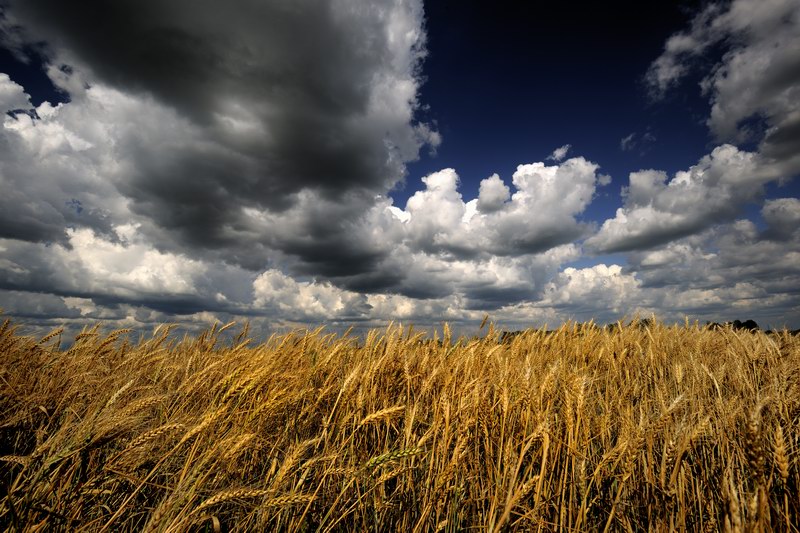Four Paths of Yoga
Our own life experience reveals that people’s natures are varied, according to their predisposition, differing thoughts, feelings and goals. Corresponding to this variety in human nature, are four Yoga paths that take into account people’s inclinations.
Our Self (our Atma) arises from the Supreme Self (Paramatma). The nature of the Supreme Self is bliss (Ananda), and because our inner Self is part of the Supreme each human is striving for this in order to be happy. Everybody, whether they believe in God or not, whether they are conscious of it or not, is ultimately striving for happiness.
We cannot find true and lasting bliss (Ananda) in the outside world. It lies within our inner self. Real and lasting bliss may only be gained through wisdom, meditation, and Divine grace, and will only be achieved by one who searches and strives with a sincere heart. God's grace is everywhere and is with us at all times, just as the sun always shines even though the sky may be covered by clouds. To realise God and to be conscious of His grace, we must drive away the clouds of ignorance from our consciousness.

The four paths of Yoga lead us to this goal:
-
is the path of action. It deals with the law of cause and effect. Each action has a corresponding reaction, on one’s body, mind, and consciousness. The outcome of an action is dependent upon its ethical value and the intention with which it was carried out.
-
is the path of devotion and love for God and for the whole of creation - animals, as well as humans, and all of nature.
-
is also known as the “Royal Path of Yoga” or the “Eight Step Path”. It is the path of self-discipline and contains, amongst other things, those Yoga techniques that are familiar to us such as Asanas, Pranayama, Meditation, and Kriyas.
-
is the philosophical path. The focus of this path is to gain the ability to distinguish between reality and unreality. To attain Self-Knowledge through study, practice, and experience.
These four Yoga paths do not represent separate paths. Each path is closely related to the other. When we think of God and are full of love for our fellow-humans and for nature, we are Bhakti Yogis. When we stand by others and help we are Karma Yogis. When we meditate and perform yoga practices, we are Raja Yogis; and when we reflect upon the meaning of life and are explorers seeking truth and reality, we are Gyana Yogis.